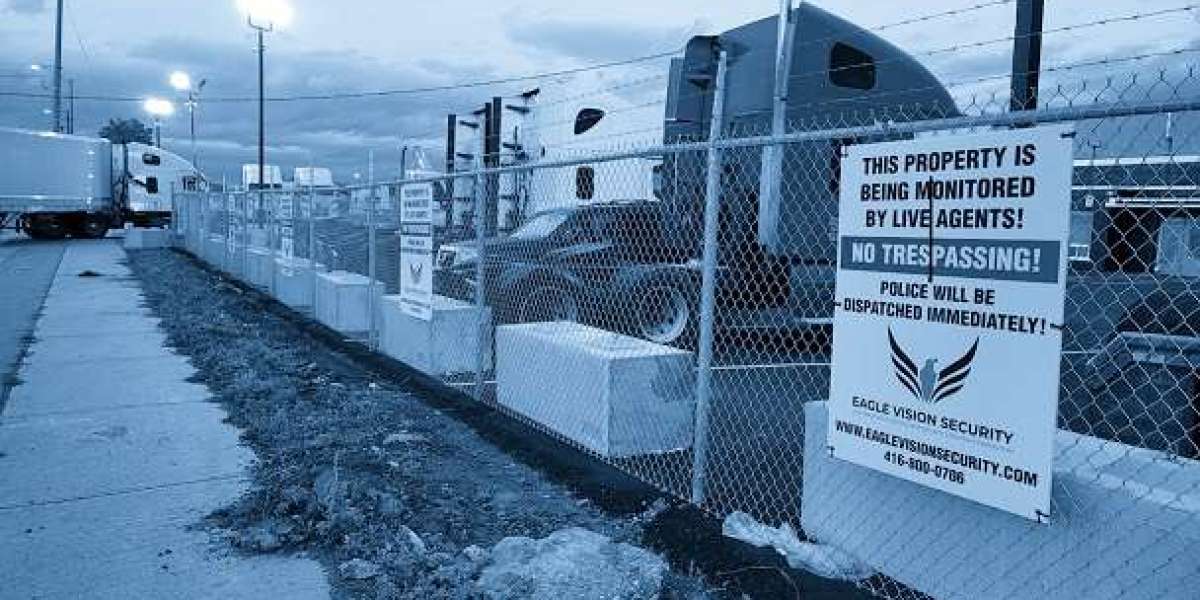Introduction
Construction sites are dynamic environments filled with expensive equipment, valuable materials, and continuous activity. With projects often spanning months or years, they are vulnerable to risks such as theft, vandalism, accidents, and unauthorized access. Construction site security is therefore a critical aspect of project management, ensuring not only the safety of assets but also the well-being of workers and compliance with legal requirements. Without proper security measures, construction projects can suffer from delays, financial losses, and reputational damage.
Why Construction Site Security Matters
Security at construction sites is not just about locking up tools at the end of the day; it’s about creating a safe, controlled, and efficient environment. Here’s why it matters:
Protection of Equipment and Materials:
Construction projects involve heavy machinery, power tools, metals, and other materials that are valuable and attractive to thieves. Security ensures these assets remain safe.Preventing Unauthorized Access:
Sites often attract trespassers, whether out of curiosity or malicious intent. Effective security measures reduce the risk of accidents and liabilities caused by unauthorized entry.Worker Safety:
Security extends to creating a safe workplace for employees. Surveillance, monitoring, and access control help prevent accidents and ensure workers feel secure.Cost Control:
Theft, vandalism, or accidents lead to financial losses and delays. Investing in security saves money in the long run by avoiding these disruptions.
Common Security Challenges on Construction Sites
Despite their importance, construction sites present unique challenges when it comes to security:
Open Layouts: Many sites are large, open spaces that make it difficult to monitor every corner.
Constant Movement: Workers, vehicles, and deliveries mean there’s continuous traffic, increasing the risk of unauthorized access.
Remote Locations: Some sites are far from populated areas, making them more vulnerable to break-ins.
Nighttime Risks: Security risks increase at night when no one is present, making surveillance essential.
Understanding these challenges helps project managers implement effective solutions.
Best Practices for Construction Site Security
1. Perimeter Security
The first step is securing the boundary of the construction site. High fences, locked gates, and clear signage can deter intruders. Barriers should be sturdy and regularly checked for damage.
2. Surveillance Systems
Installing CCTV cameras with 24/7 monitoring is one of the most effective deterrents against theft and vandalism. Cameras should cover entrances, exits, storage areas, and critical zones. Remote access to footage allows managers to keep an eye on the site at all times.
3. Access Control
Controlling who enters the site is vital. Using ID cards, biometric systems, or sign-in logs ensures only authorized personnel gain access. This prevents trespassing and helps track worker attendance.
4. Lighting
Well-lit sites discourage criminal activity. Installing bright floodlights, especially in storage areas and entry points, reduces the chances of theft at night.
5. Security Personnel
Employing trained security guards adds a human element to site protection. Guards can patrol, respond quickly to incidents, and serve as a visible deterrent to potential intruders.
6. Inventory Management
Keeping track of tools, machinery, and materials is crucial. Regular audits, barcoding, and secure storage facilities help minimize losses.
7. Alarm Systems
Intruder alarms alert managers or security personnel to unauthorized access. Integrating alarms with CCTV improves response time and strengthens site defense.
8. Cybersecurity Measures
Modern construction sites often use digital tools, project management software, and connected devices. Protecting this data from cyberattacks is an emerging aspect of construction site security.
The Role of Technology in Construction Site Security
Advancements in technology are transforming site security. Smart cameras, drones, motion detectors, and AI-based monitoring systems offer real-time alerts and analytics. GPS tracking on vehicles and machinery helps locate stolen equipment quickly. Cloud-based platforms allow managers to oversee multiple sites remotely, ensuring better coordination and security coverage.
Legal and Insurance Considerations
Many regions have laws requiring construction companies to implement basic security measures. Failure to comply can lead to fines and liabilities. Moreover, insurers often require proof of security systems before covering theft or damage. A well-secured site not only reduces risks but can also lower insurance premiums, saving costs in the long term.
Benefits of Strong Construction Site Security
Reduced theft and vandalism
Enhanced worker safety
Lower insurance costs
Improved project efficiency
Protection of reputation and trust
By prioritizing security, construction companies can focus on completing projects on time and within budget.
Conclusion
Construction site security is not optional—it’s a necessity. With the increasing value of equipment, materials, and data, construction projects are prime targets for theft, vandalism, and safety risks. By adopting best practices such as perimeter control, surveillance, access management, and advanced technology, companies can protect their assets and workers while maintaining project timelines. In the end, strong security isn’t just about safety; it’s about building with confidence.



